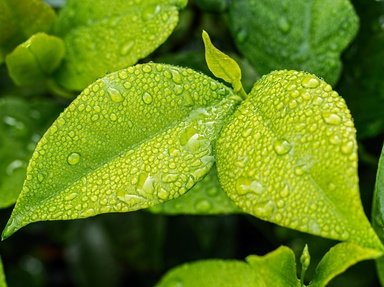Quiz Answer Key and Fun Facts
1. For which of the regions is the floral emblem a monocotyledonous plant?
2. The emblem of which state or territory is most closely related to Australia's national emblem?
3. Some floral emblem species are related to commercial agricultural crops. The emblem of which state or territory belongs to the same genus as cotton? (Hint: cotton is also related to the genus Hibiscus.)
4. Two-thirds of the Australian continent is arid or semi-arid land. The emblems of which regions grow naturally in the deserts of the continent's interior?
5. The natural distributions of which of the emblems are restricted to the nation/state/territory they represent?
6. The national floral emblem belongs to the largest plant genus in Australia. The emblem of which state or territory belongs to the second largest?
7. The species name of one state emblem was changed in 2002 to 'phalaenopsis' from the previous, and much more amusing, name 'bigibbum var. superbum'. The group of plants this emblem belongs to is infamous in horticultural circles for its frequent name changes and taxonomic splitting. Which state?
8. Which of these large plant families is not represented among the national, state or territory emblems?
9. The common name of which region's emblem derives from a local Aboriginal word?
10. The flowers of which of the following regions' emblems are pollinated by wind?
Source: Author
Phyllis_n_Jean
This quiz was reviewed by FunTrivia editor
crisw before going online.
Any errors found in FunTrivia content are routinely corrected through our feedback system.
